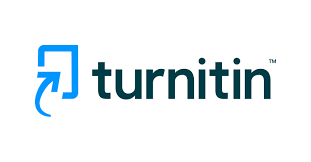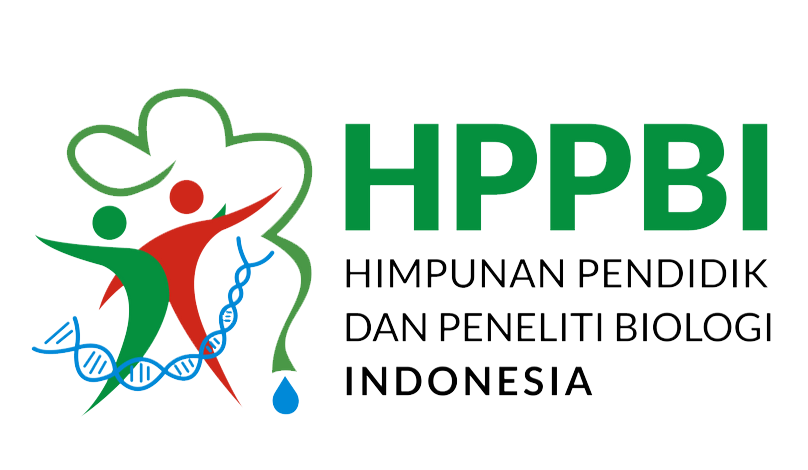KAPASITAS TAMPUNG DAN LEGUMINOSA PADANG PENGGEMBALAAN DIKECAMATAN BULA KABUPATEN SERAM BAGIAN TIMUR
Abstract
Background:This study aims to determine the botanical composition of forages and legumes and the capacity of livestock in grazing fields in Bula sub-district, East Seram Regency.
Research methods:This research was conducted in May 2009 with research locations in 2 villages, Jembatan Basa and Bula villages and using a survey method conducted in the grasslands. Determination of sample villages and grazing locations based on purposive sampling based on village area and number of ruminants. This method uses dry weigh rank to determine the botanical composition of forage by using cluster sampling, while in measuring the capacity of the capacity is measured based on the formula voisin (Y-1) S = r.
Results :The study showed the botanical composition as follows: Pangola grass (Digitaria decumbens) 22.36 percent, donated pasture. Leguminosa found in Bula Sub-district, East Seram Regency, Arachis Nuts (Arachis glabarata) 5.37 percent, Asu beans (Kalopogonium mucunoides) 4.11 percent. The results of the study showed that the carrying capacity (KT) for ruminants in Bula District was 1.39 ha/UT/year or 0.58 UT/ha/year.
Conclusion: The botanical composition of legumes in pastures in Bula sub-district does not meet the 9.84 percent standard, besides that there are tree legumes such as gamal (Gliisida sepium), and Chinese petai (Lamtorogun).
Downloads
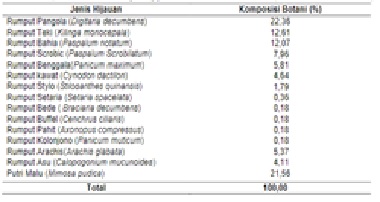
Authors who publish with BIOPENDIX: Jurnal Biologi, Pendidikan dan Terapan agree to the following terms:
- Authors retain copyright and grant the journal right of first publication with the work simultaneously licensed under Creative Commons Atribution-ShareAlike 4.0 International License (CC BY-SA 4.0) that allows others to share the work with an acknowledgment of the work's authorship and initial publication in this journal.
- Authors are able to enter into separate, additional contractual arrangements for the non-exclusive distribution of the journal's published version of the work (e.g., post it to an institutional repository or publish it in a book), with an acknowledgment of its initial publication in this journal.
- Authors are permitted and encouraged to post their work online (e.g., in institutional repositories or on their website) prior to and during the submission process, as it can lead to productive exchanges, as well as earlier and greater citation of published work.



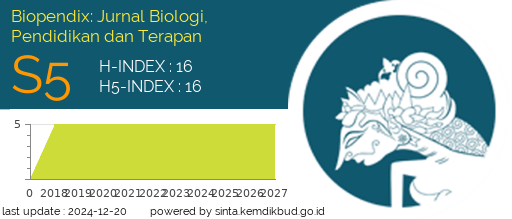
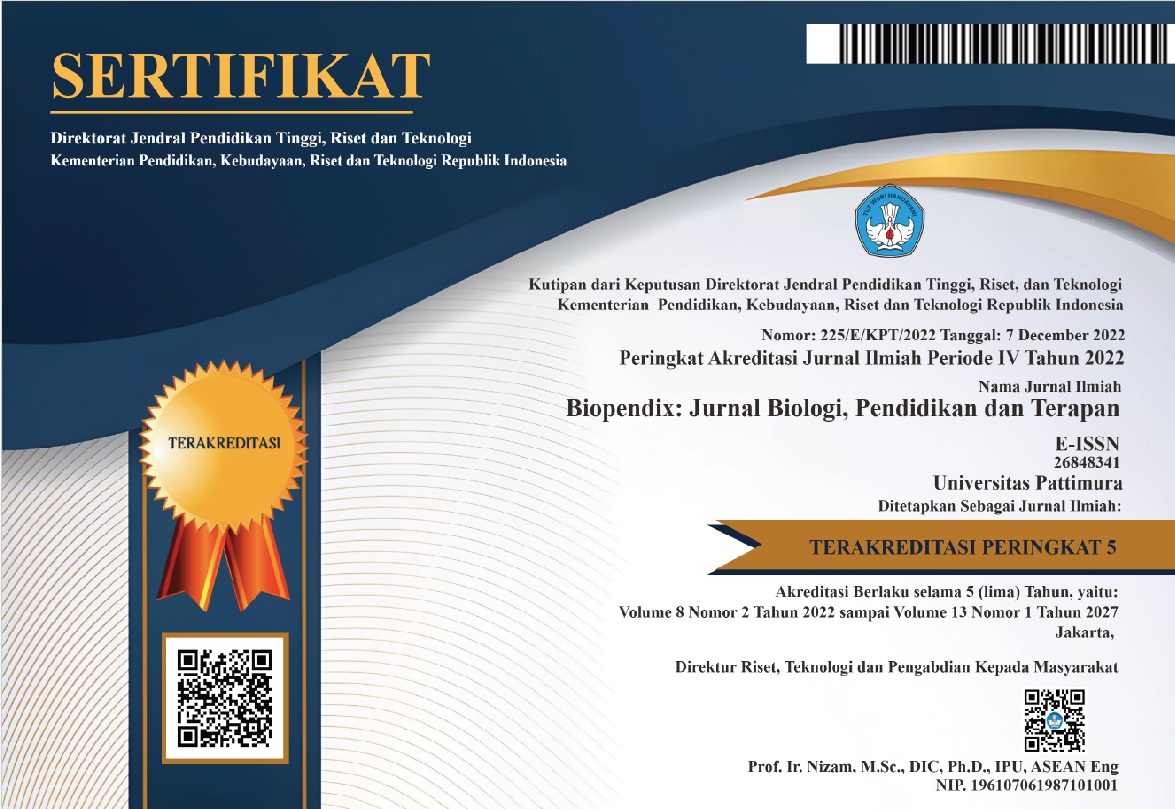 2
2




